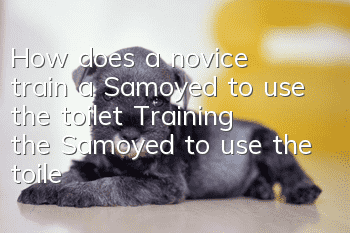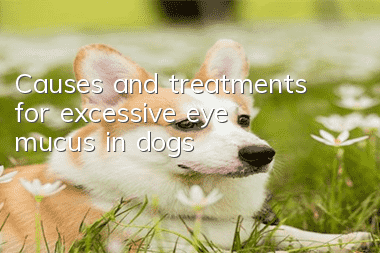How should first-time owners raise St. Bernard puppies?

The Saint Bernard is native to Switzerland and is a super-large dog in the world today. It is world-famous for snow rescue.
1. Umbilical cord protection: The broken part of the umbilical cord of puppies will usually dry out after 24 hours and fall off in about 7 days. During this period, you should pay attention to the changes in the umbilical cord and do not let the puppies lick each other's umbilical cord area to prevent infection.
2. Eat enough colostrum. For newborn puppies, breast milk is their only source of nutrition. Breast milk within 3 days after delivery is called colostrum. There are no antibodies in the body of puppies, but colostrum contains a variety of antibodies. After the puppies eat colostrum, they can enhance their disease resistance. Colostrum is also rich in nutrients: vitamins A and D are 10 times and 3 times that of normal milk respectively, and are rich in protein, fat, and iron. The acidity of colostrum is high, which is beneficial to the digestive activities of puppies; its viscosity It is larger and can protect the gastrointestinal mucosa of puppies; it has high mineral content and has a laxative effect on puppies, which is beneficial to the discharge of meconium. Therefore, newborn puppies should eat enough colostrum as early as possible.
3. Fixed nipples. Puppies should have fixed nipples when sucking milk. Otherwise, there will be a phenomenon of strong food being taken from the weak, resulting in uneven growth and development of the puppies. For puppies that cannot eat breast milk, especially those that are thin, artificial assistance is needed to help them find and fix on the nipple with more milk.
4. Pay attention to heat preservation. Within one week after birth, puppies have sparse hair, less subcutaneous fat, and poor heat preservation ability, so special attention should be paid to heat preservation. The most suitable environmental temperature for newborn puppies is: 29--32℃ in the first week, 26--29℃ in the second week, 23--26℃ in the third week, normal temperature is enough after the fourth week, but around 23℃ is the best should. When giving birth in winter or early spring, heating facilities such as stoves, fire pits, and infrared lamps should be installed in the delivery room.
5. Stimulate defecation. Newborn puppies cannot pass feces on their own for more than 10 days after birth. Generally, when the puppies are suckling, the mother dog will lick the perineal area or lower abdomen to stimulate the discharge of urine and feces. However, if the female dog is not maternal and does not lick, the breeder should use cotton wool dipped in cold water or a warm wet towel to wipe the anus of the puppies 3-4 times every day, and give artificial stimulation to stimulate the puppies. The discharge of feces.
6. Proper exercise. Five days after the puppies are born, at noon when the weather is fine, the puppies and the mother dog can be taken outside the house to bask in the sun for about half an hour, so that the mother and baby can fully breathe fresh air. At the same time, ultraviolet rays can be used to kill the dogs. The bacteria promote bone growth and development in puppies and prevent the occurrence of rickets.
Feeding points
As the puppies grow up, their demand for milk gradually increases. The normal lactation volume of a female dog generally reaches its peak around 21 days after delivery, and then gradually decreases, which cannot meet the needs of the rapid growth and development of the puppies. Therefore, it is necessary to Provide timely supplementary feeding.
Hydration should generally start at 10 days of agebeginning. Breastfeeding begins at 15 days of age. Milk is the best way to supplement milk, and the milk temperature should be kept between 27-30℃. Within 15 days, add 50mL to each puppy every day; from 15 to 19 days, add 100mL; after 20 days, add 200mL, and feed it in 3-4 times.
- How to make the dog listen to the owner when eating, and how to train the dog’s meal order!
- Take stock of the strange cognitions of dogs
- How much does a Tosa dog cost and is it easy to raise? Tosa dog pictures | price | training
- How to train an Alaskan puppy?
- How to bathe a husky in winter? What are the precautions for taking a bath?
- Dog eating grass is an instinctive behavior that is normal
- If you see a puppy urinating in the house, can you spank it?
- How to train a dog to refuse food
- How to bathe Lamborghini
- Yorkshire Terrier beauty styling and care methods



